Y siguiendo con el XIV Annual Meeting of the European Association of Vertebrate Palaeontologists que transcurre en la ciudad holandesa de Haarlem entre el 6 y el 10 del Julio, ayer se habló (postereó) sobre el estado de conservación de las colección paleontológica de Lo Hueco y del control de los riesgos de deterioro.
The vertebrate fossils from the "Lo Hueco" fossil site (Late Cretaceous. Fuentes, Cuenca, central Spain) are generally well preserved. However, all of them are extremely fragile and susceptible to destabilization caused by the effects of both intrinsic and extrinsic factors, such as material composition and the processes that occur during extraction, storage and exhibition without proper control. An analysis of the conservational state of the paleontological collection was carried out with the aim of identifying deterioration agents that need to be controlled to reduce risks and to ensure the continued integrity of fossils over time.
Particular minerals filling the pores of the fossils can promote fragility. The surrounding matrix is predominantly composed of clay, which also fills the cavities in fossils. The integrity of these clay infillings is sensitive to external factors such as humidity. Gypsum is deposited as needles, lentils or superficial precipitates, which can disrupt the fossil structure and render the fossil susceptible to high humidity and UV levels. Iron oxides produce a red stain or, in more severe situations, a red crust that may reach several millimeters deep. Humidity fluctuations introduce instability through a varying dilation coefficient, which can produce circumferential microfractures near the bone surface, delaminating and destroying outer cortical layers.
The process of extraction and uncontrolled storage conditions may invoke fragility as well. Decompression resulting from removal of sediment pressure can destabilize the spatial relations between fossil remains or between fossil and matrix. Dehydration can change the integrity or even alter the composition of certain materials. The associated volume reduction produces cracks that, in the most severe scenario, can transform important parts of the fossil into dust.
All aforementioned factors need to be taken into account during collection control and storage climate control in order to avoid the loss of general cohesion that may cause disintegration, collapse and even pulverization of the fossils when all physical consistency is lost. Furthermore, the formation of fissures and cracks needs to be avoided, as they may lead to fractions and disjunctions. This can be achieved by understanding and respecting the compression and dilation coefficients of the materials involved.
-----
Referencia:
- Marcos-Fernández, F., Ortega, F. Conservation Status of the Paleontological Collection of Lo Hueco. In: Holwerda F, Madern A, Voeten D, van Heteren A, Meijer H, den Ouden N (eds.), XIV Annual Meeting of the European Association of Vertebrate Palaeontologists, 6-10 July 2016, Haarlem, The Netherlands, Programme and Abstract Book Haarlem: 67.













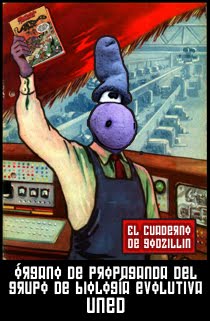
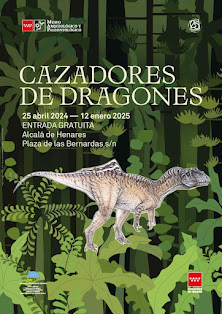





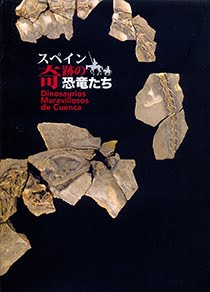











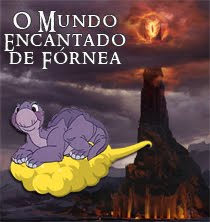
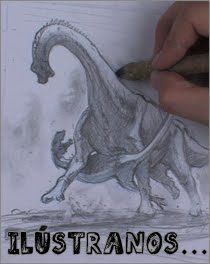






- Síguenos en Twitter
- "Síguenos en Facebook
- RSS
Contacto